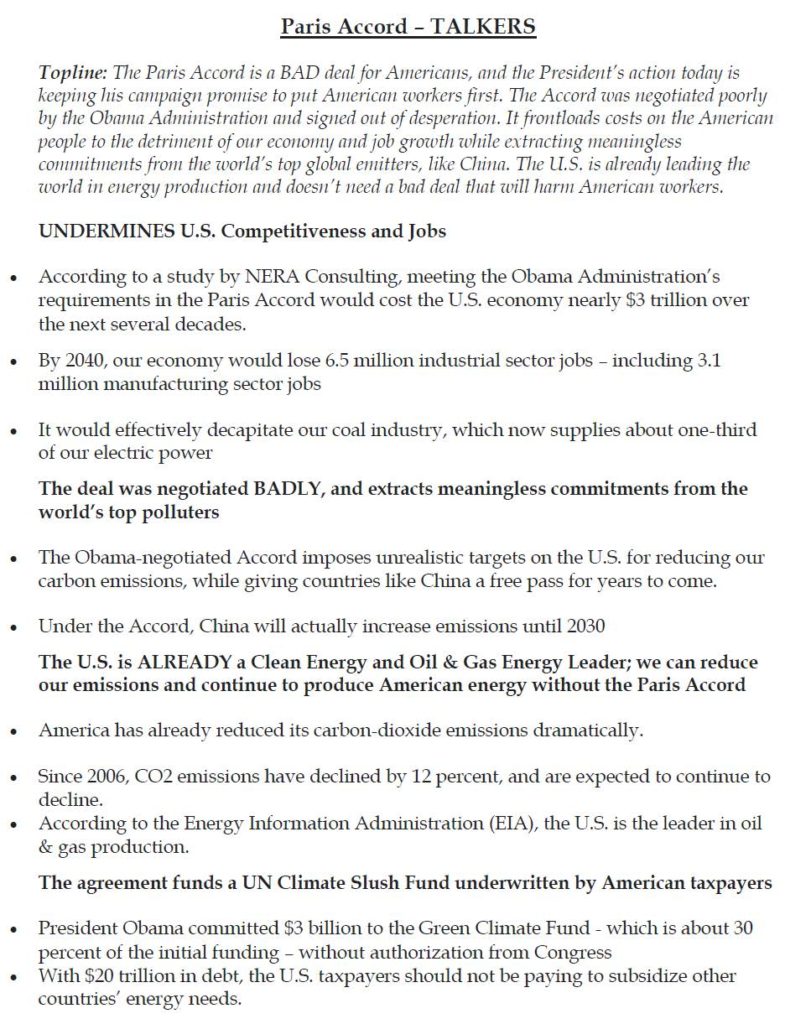Due TODAY — Comments on HERC
September 11th, 2017

Get to it, folks. Comments are due TODAY! Here’s mine, and Alan’s, just filed:
in eDockets, go here to register, it’s quick, it’s easy, and you can post on Public Utilities Commission’s eDockets system.
On what? Xcel Energy’s latest plan (part of) to terminate and/or amend outrageously high priced Power Purchase Agreements on incinerators across Minnesota.
Comment period on HERC PPA Amendment
Just filed — hot off the press:
And check what Commerce DER is at long last admitting, that there’s a generation surplus and transmission is for export:
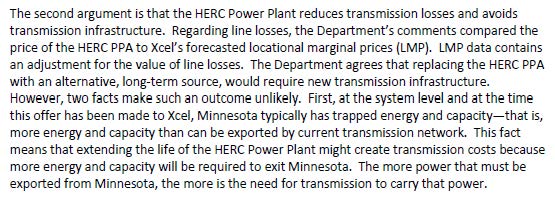
Not only is there no need, BUT THERE IS NO NEED FOR MINNESOTANS TO PAY FOR MORE TRANSMISSION! But that’s an argument for another day, another docket…
Here’s another snippet:

And check this conclusion reached by MN’s Dept of Commerce – DER in its first round of comments — that Xcel is double dipping:

Here are the DER Comments:
And Comments of Hennepin County:
From Hennepin County:
Freeborn Wind Orders and a Petition for Intervention filed
September 8th, 2017

Slowly, the siting process for Freeborn Wind is moving. The Commission issued its order referring the application to Office of Administrative Hearings for a contested case, that’s a first for a wind project in Minnesota!
And LauraSue Schlatter, the Administrative Law Judge, has issued the Order for the Prehearing Conference, and a directive to the Applicants to share a proposed schedule, which they have done:

The Erratta Order issued is particularly important because it specifies that the rules that this process will go forward under is Minn. R. Ch. 1405:
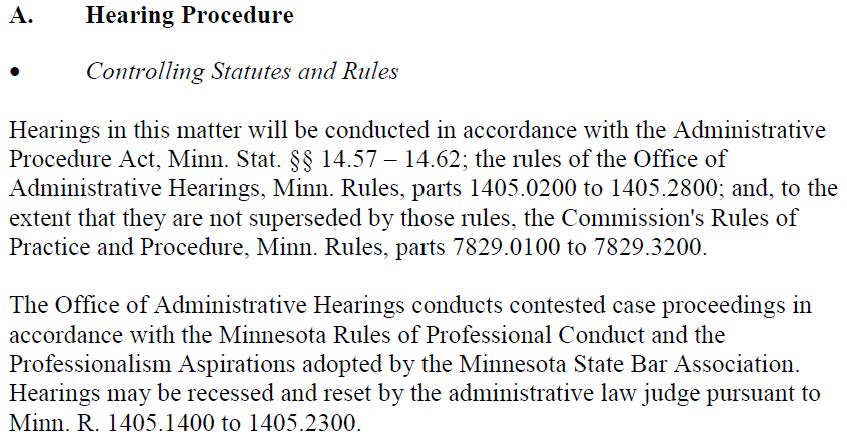
Minn. R. Ch. 1405 contains the rules for siting under the Power Plant Siting Act (and wind siting chapter, Minn. Stat. Ch. 216F, is NOT under the PPSA, which is Minn. Stat. Ch. 216E), and not the OAH more general administrative procedure rules, Minn. R. Ch. 1400. Note there’s no mention of Minn. R. Ch. 7854, about which I’ve filed how many Petitions for Rulemaking because these rules are so deficient and inadequate? This is seriously inside baseball — it’s a major change, major admission, and what are the implications? I’ve wanted wind siting to be moved over to the Power Plant Siting Act forever… it was improperly separated out of 116C, without any directive or authorization, when PPSA became Minn. Stat. Ch. 216E. There’s homework to do.
Here we go…
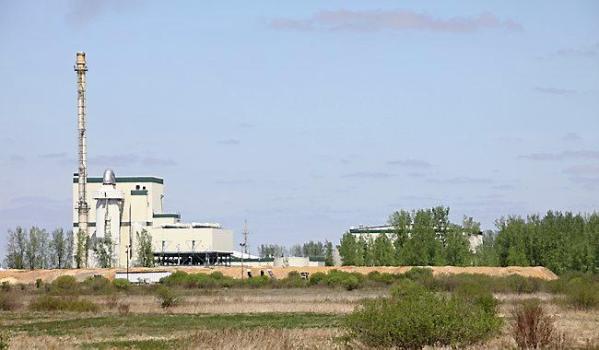
What do the Benson turkey shit burning plant, the HERC garbage burner, and a couple other plants have in common? The have Power Purchase Agreements that Xcel wants to get out of or modify in its favor. Funny how that works. These things were bad from the get to, make no economic sense except to those selling what little power is generated. Now, it appears that Xcel Energy (and therefore us, Xcel’s customers), is tired of being screwed and are not going to take it anymore!
What’s Xcel Energy’s view of these Petitions? To save money, of course, and it looks to be about $53.1 million annually.

These Petitions were filed just now by Xcel Energy:
With a $20 million kicker to the City of Benson, here’s what Xcel Energy plans to do, including demolition of the plant:

Next up? The Hennepin Energy Recovery Center (HERC) garbage burner:
The plan for HERC? Cut the PPA amount, by how much, we don’t know, it’s all “PROTECTED DATA” and top secret:


What does that mean for Hennepin County? The HERC garbage burner has never been a money maker, and has always been a money loser. So now what? Does it make any sense to keep it open, or is it time to shut it down? Allow me to rephrase… is there any reason to keep it open? Seems like this is a convenient time to close it. Neighbors Against The Burner, are you listening?
Next up? Pine Bend, another “waste-to-energy” garbage burner, and another PPA that Xcel Energy wants to terminate:
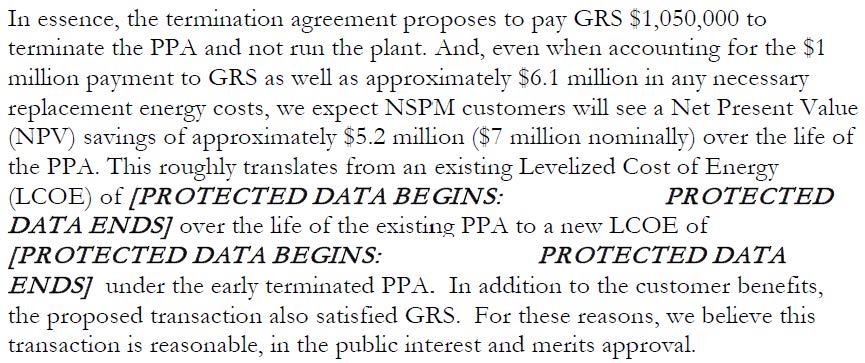
And about the Sherco site and moving part of Northern Metals operation to the Sherco site, and that’s not all they want to do:
The point of this Sherco Petition?

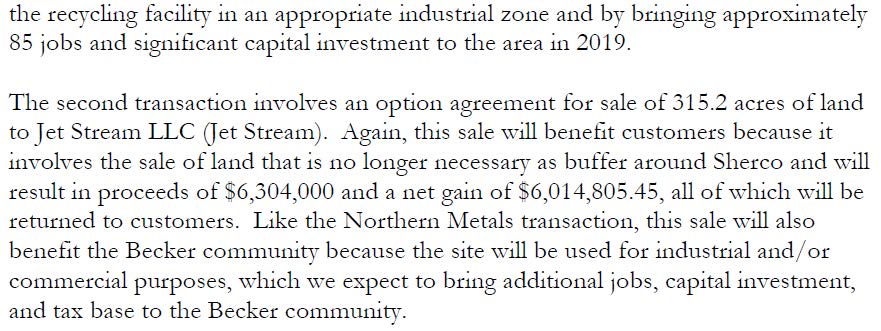

And last but not least, a sale of assets to Flint Hills:

Transmission inefficiency, pipeline pumping stations, now this?
June 29th, 2017
For years, for decades, I’ve been going on and on about the inefficiency of transmission, the electric system, and line losses ad nauseum. Y’all know that, if you’ve been paying attention. And here we are, back to discussing inefficiency in the electric system.
The SW MN 345 kV Transmission Lines (PUC Docket 01-1958) turned on line losses. After that close call, line losses were calculated and considered on a very different model, framing it as a percentage of THE ENTIRE EASTERN INTERCONNECT. So what’s a little loss of 0.1%, who cares… well, as a part of THE ENTIRE EASTERN INTERCONNECT, it adds up fast. Let me make this perfectly clear, transmission line loss is substantial. It’s particularly substantial when you’re talking about using transmission to ship lower capacity energy, like wind and solar. If you have long, hundreds of miles long, transmission lines, there’s not much, if any, of that energy that would find its way to its destination.
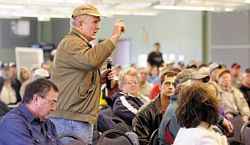
There’s a “Stakeholder Meeting” coming up:
Register here
Those words, “Stakeholder Meeting” get my attention, because just who is a stakeholder, who decides. I don’t recall getting this email, but thankfully a client who is regarded as a “Stakeholder” did, so I’ve signed up and will spend the time to show up and raise a few points.
Upcoming Stakeholder Meeting: Opportunities and Barriers to Utility Infrastructure Efficiency
Friday, July 28th from 8:30 a.m. – 12:30 p.m.
Wilder Center – 451 Lexington Pkwy. N, Saint Paul, MN 55104
Register for this free public meeting
Meeting Details
An estimated 12-15% of the nation’s electricity production is consumed by generation auxiliary loads, transmission and distribution losses, and substation consumption. As such, there is significant potential to increase utility infrastructure efficiency by decreasing conversion losses, improving plant operations, and mitigating transmission and distribution losses throughout Minnesota’s electric grid.
The Minnesota Department of Commerce invites you to participate in a stakeholder meeting to explore opportunities and barriers to utility infrastructure efficiency projects, and to begin developing a framework to improve the overall generation, transmission, and distribution efficiency of Minnesota’s electric system.
Meeting attendees will hear from national and local experts and gain insight into how existing, new, and on-the-horizon utility infrastructure technologies can increase system efficiency, including:
- A presentation by the Electric Power Research Institute, highlighting innovative utility infrastructure efficiency projects and approaches from around the country.
- A presentation from Minnkota Power Cooperative, discussing lessons learned from implementing infrastructure efficiency projects in Minnesota.
- Information about next steps in the stakeholder engagement process, including a deeper-dive examination of supply-side efficiency policy issues.
Register here
tRump on Climate Change – Withdraw from Paris Accord
June 1st, 2017

Listening to him speak is painful. This idiot is talking about “Clean Coal.” Claims that the Paris Accord stops development of “Clean Coal.” DOH, IT’S THE ECONOMY STUPID!
He’s again blathering about 3-4% growth. Delusional.
The Paris Accord hamstrings America? The Paris Accord limits the American economy?
His points in the speech are insane. A load of covfefe!
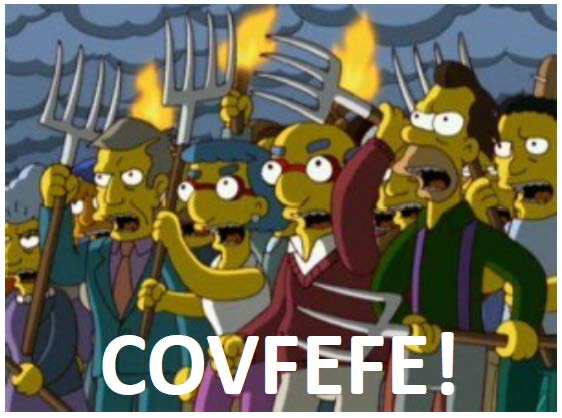
Here are tRumpe’s talking points handed out prior to today’s announcement:
